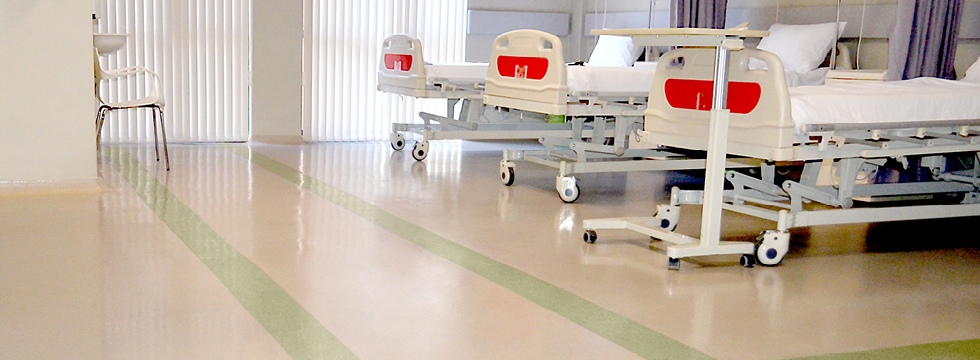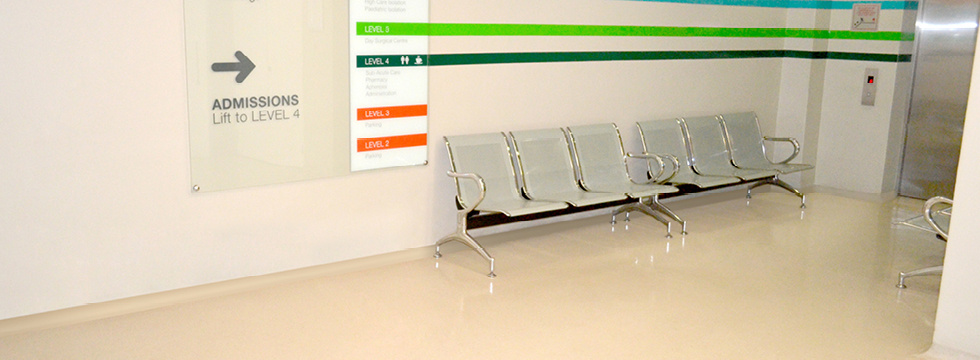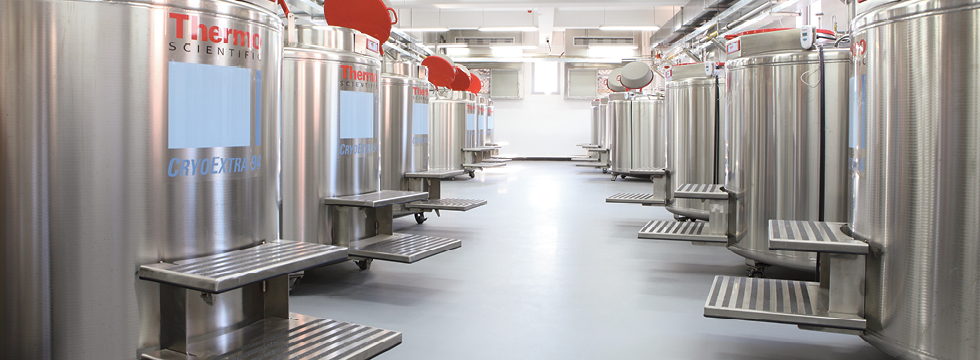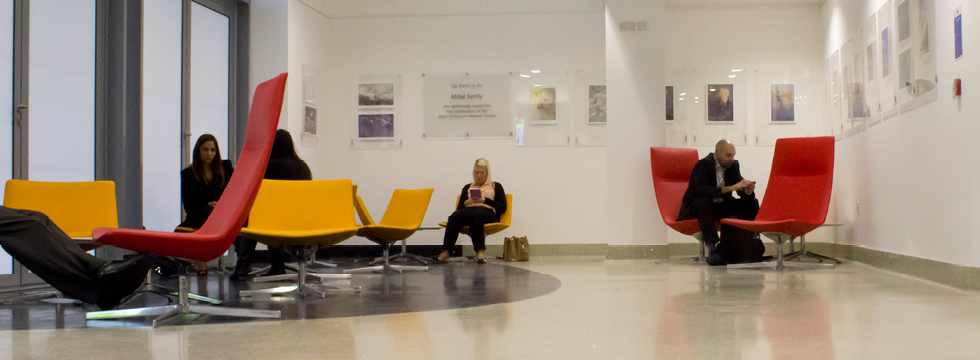Healthcare
Flowcrete UK suggests the following systems for use in Healthcare environments…





Healthcare & Hospital Flooring
The healthcare sector works around-the-clock in order to stay one step ahead of the numerous harmful viruses and diseases through rigorous cleanliness standards, global research and development programmes and the production of specialist medicines.
The floor is a prime area of concern for medical facilities, as contaminants can easily move around underfoot and gravity means that most dirt, grime and bacteria will inevitably end up on the floor. Getting the finish right is therefore essential for sites eager to maintain the highest standards of cleanliness.
The key criteria for floors in such an environment is that they facilitate a fast and effective cleaning regime by being seamless, smooth and impervious. The floor needs to maintain these properties despite challenges such as constant traffic from staff, patients and wheeled equipment, spillages of liquids and potentially corrosive substances, frequent cleaning and physical impacts. If the floor fails then it will become difficult to clean, with the potential for germs to accumulate within unwanted cracks.
Flowcrete UK has developed an extensive range of flooring systems for healthcare facilities to ensure that a finish is available which will support the myriad types of activity in the sector, whether its within a hospital ward room, surgery, pharmacy, reception area, laboratory or the back of house and maintenance areas.
This includes hard wearing yet decorative epoxy finishes, fast curing systems that drastically reduce the application time and robust polyurethanes. Additional benefits can even be incorporated within the floor, such as anti-slip aggregates, navigational signage, aesthetically pleasing visuals and even efficient, space saving underfloor heating.
Floors are available to the sector that actively target bacteria in between cleaning cycles. The HACCP International certified Flowfresh range includes the antimicrobial additive Polygiene®, a silver ion agent that targets bacteria in contact with the floor. This formulation meets the ISO 22196 standard for measuring a surface’s antibacterial effectiveness.









